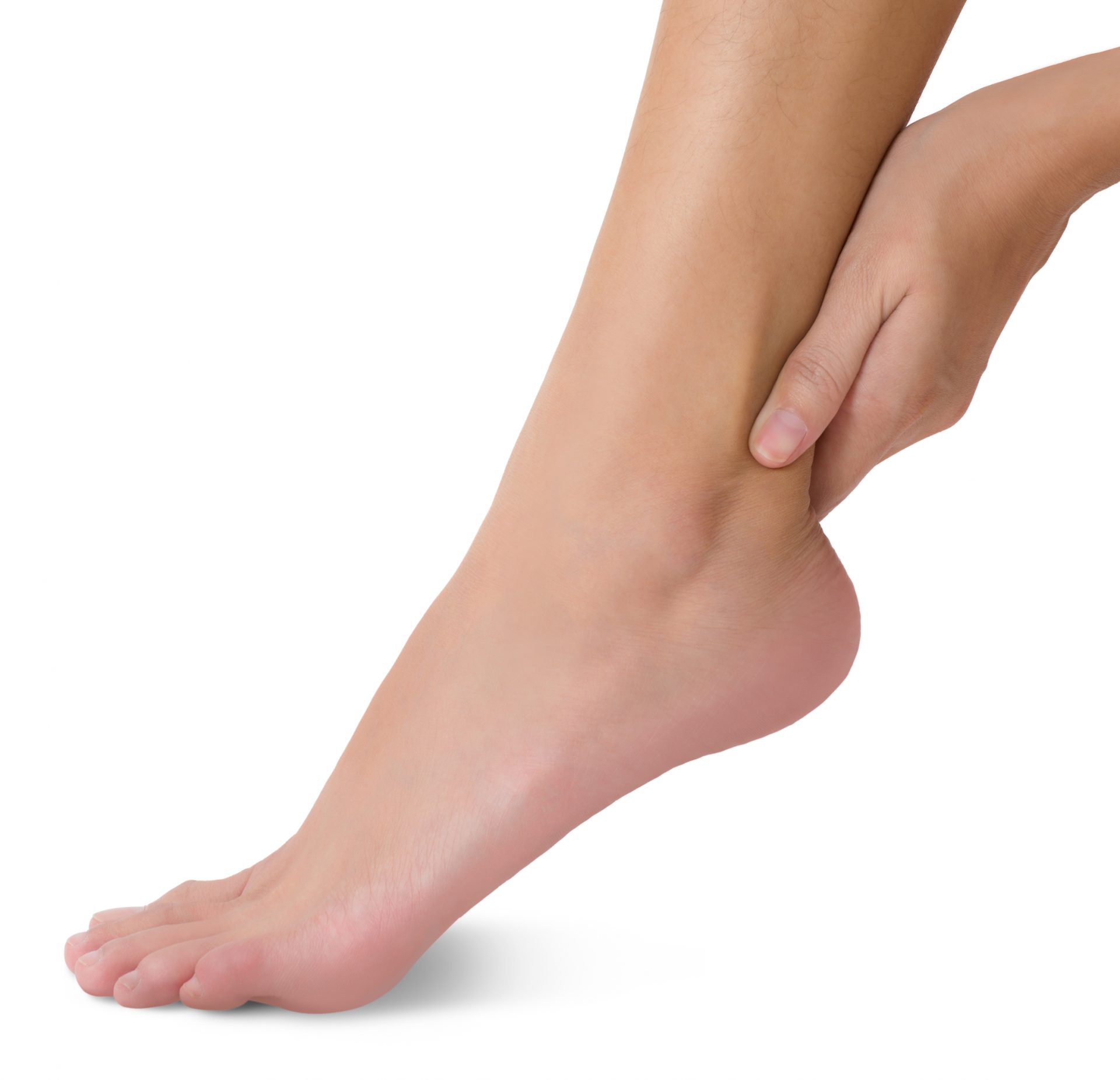
Following an amputation, care of the remaining leg is of utmost importance, particularly if you have had your leg amputated due to poor circulation or diabetes.
It is essential to realise that the disease can progress to involve the remaining leg and foot. Regular checkups, regular foot care and monitoring by your doctor or a podiatrist are advisable, especially if you have poor circulation or diabetes.
If you have diabetes, it is important to attempt to maintain a stable blood sugar level to prevent complications such as reduced sensation or poor circulation to your limbs. Maintain good general health and stop smoking. Smoking may accelerate deterioration of circulation to the leg and foot.
Daily Care
Your foot should be carefully washed every day using a mild nonmedicated soap. After showering, the foot should be dried carefully, especially between the toes. The temperature of bath water should always be tested before immersing your limb otherwise you may scald yourself. You should also avoid the extremes in temperature.
Dry skin should be moisturised daily, using a nongreasy cream. Avoid using moisturisers and powders between the toes as this could encourage excessive moisture in these areas. If you have any problems with your feet, consult your doctor.
Toenail Care
It is always best to have the remaining limb assessed by a podiatrist. They can advise you on the safety aspects of trimming your own toenails. People with diabetes and poor circulation should not cut their own toenails, and should routinely see a podiatrist for toenail reduction.
Regular inspection
The foot and leg should be carefully inspected every day for any changes. Do not forget to check between and under the toes and the back of the heel. A mirror placed on the floor may be useful in inspecting the bottom of your foot. Consult your doctor if you notice any changes. Ask someone else to check your leg and foot if you have problems with your vision. If minor scratches or abrasions do not heal quickly (that is, within two days) consult your doctor.
Buying and wearing shoes and hosiery it is important that it fits properly straight away and that it does not hurt your foot in any way. Wear shoes as often as possible to avoid damaging your feet.
When choosing a shoe look for:
- As low a heel height as possible. The heel should be firm to provide the most support.
- Adequate room in the toe area, both in height and in width.
- Adequate length at least 1cm from the end of the longest toe, to the end of the shoe.
- Laces, straps or buckles are best.
- A cushioned, flexible sole.
- The same shape as your foot.
When shoe shopping some handy tips are:
- Look for shoes towards the end of the day (mid afternoon).
- Take along the socks or hosiery that you would normally wear.
- If you have any insert or orthotic, remember to take this with you.
- Do not shop for shoes if your feet hurt.
- Buy shoes by fit and not size.
- Make sure you try them on properly fastened in the shop.
- Make sure the shoes do not hurt. Shoes, if fitted properly, should not need to be “broken in”.
Hosiery
Clean hosiery should be worn daily. Socks and stockings with tight elastic bands and garters should not be worn on the remaining limb as they may reduce circulation to the foot. Natural fibre socks, such as those made from pure cotton or wool, are best, as they will allow your feet to breathe.
A Healthy Foot
- The heel is supple and without cracks
- No marks from poorly fitting shoes
- The toes are free of fungal infections
- The toe nails are trimmed and filed

An Unhealthy Foot
- Blisters
- Inflamed skin
- Callusses
- Cracks and cuts
- Sores or ulcers

Once you have had an amputation due to diabetes or vascular disease the likelihood of having your other foot or leg amputated increases. To lower your chances of a second amputation maintain a healthy foot.
Do not try to remove any corns or callouses with razor blades, scissors or chemicals. If you have callouses it means your shoes do not fit properly. Your podiatrist can remove corns and callouses safely.
All ulcers must be seen by a doctor, even small ones.
Once you have had an amputation due to diabetes or vascular disease the likelihood of having your other foot or leg amputated increases. To lower your chances of a second amputation maintain a healthy foot.
Do not try to remove any corns or callouses with razor blades, scissors or chemicals. If you have callouses it means your shoes do not fit properly. Your podiatrist can remove corns and callouses safely.
All ulcers must be seen by a doctor, even small ones.

